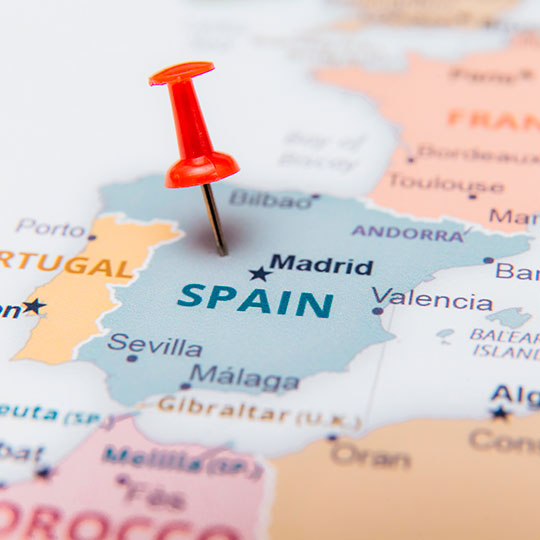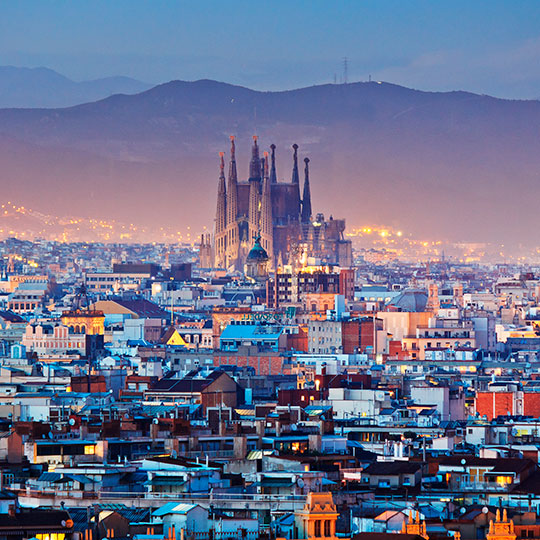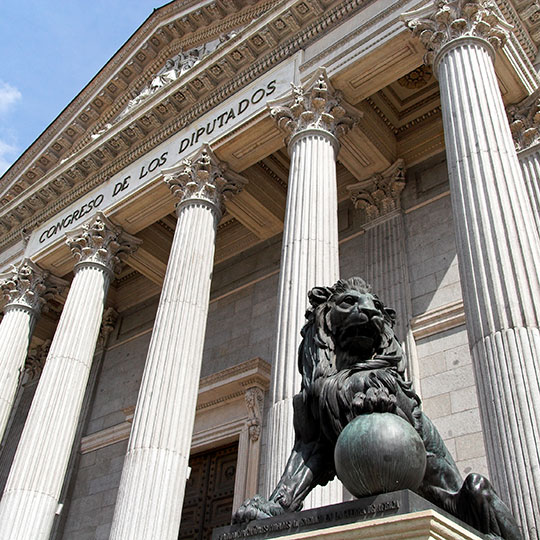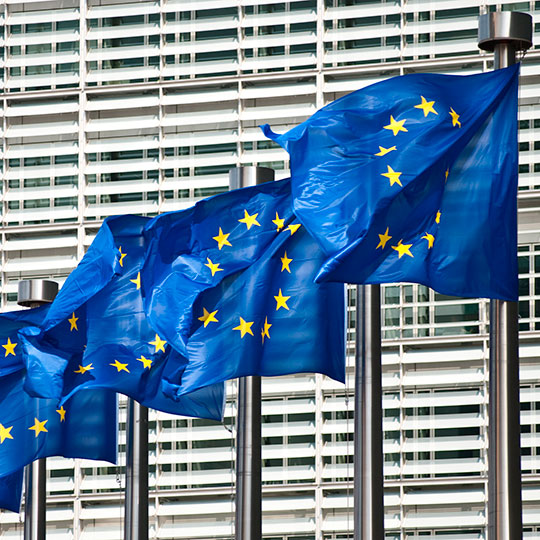What areas make up Spain?
Spain consists of 17 Autonomous Regions (Andalusia, Aragón, Asturias, the Balearic Islands, the Canary Islands, Cantabria, Castilla y León, Castilla-La Mancha, Catalonia, the Region of Madrid, the Region of Valencia, Extremadura, Galicia, Navarra, Euskadi (the Basque Country), La Rioja, the Region of Murcia) and two Autonomous Cities (Ceuta and Melilla). Most Autonomous Regions are divided into provinces (some have a single province) and they have administrative and financial autonomy, and legislative and executive power in certain spheres.









